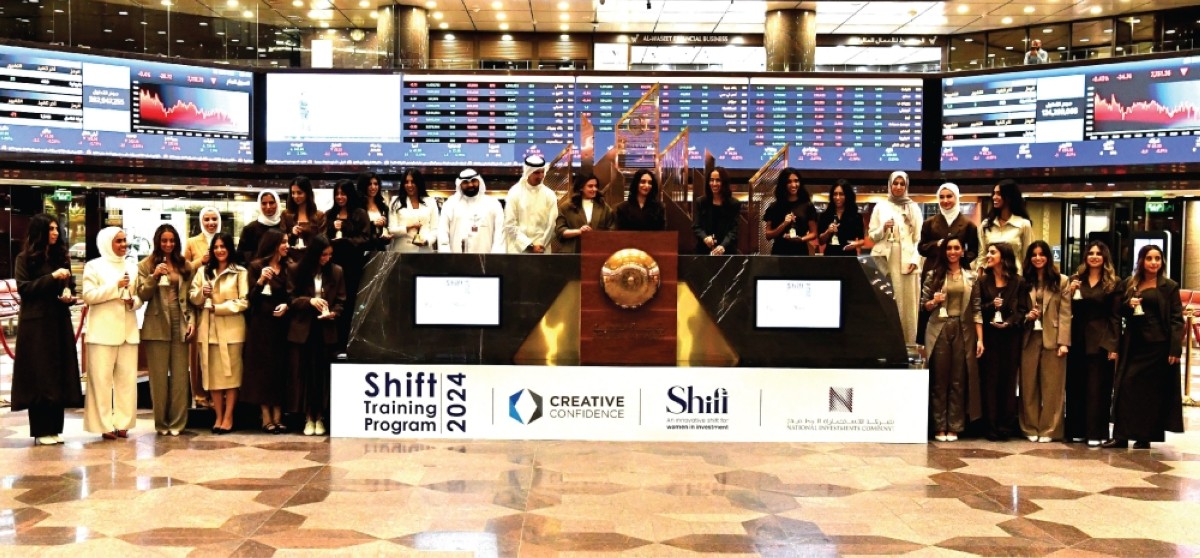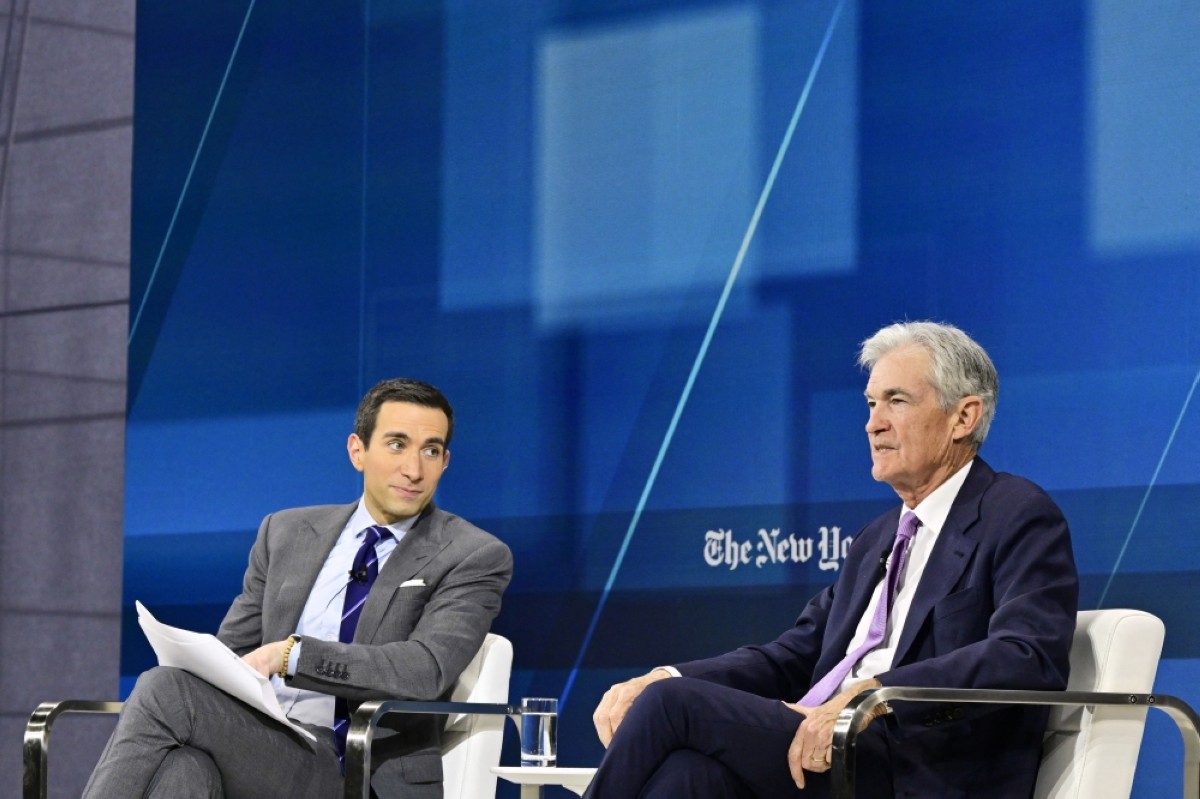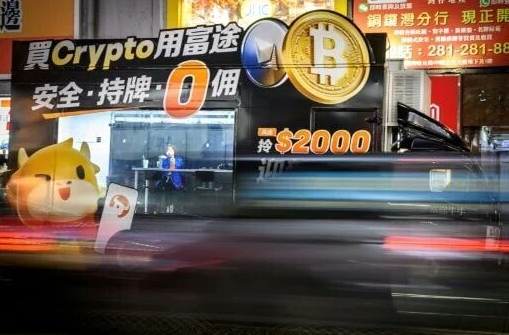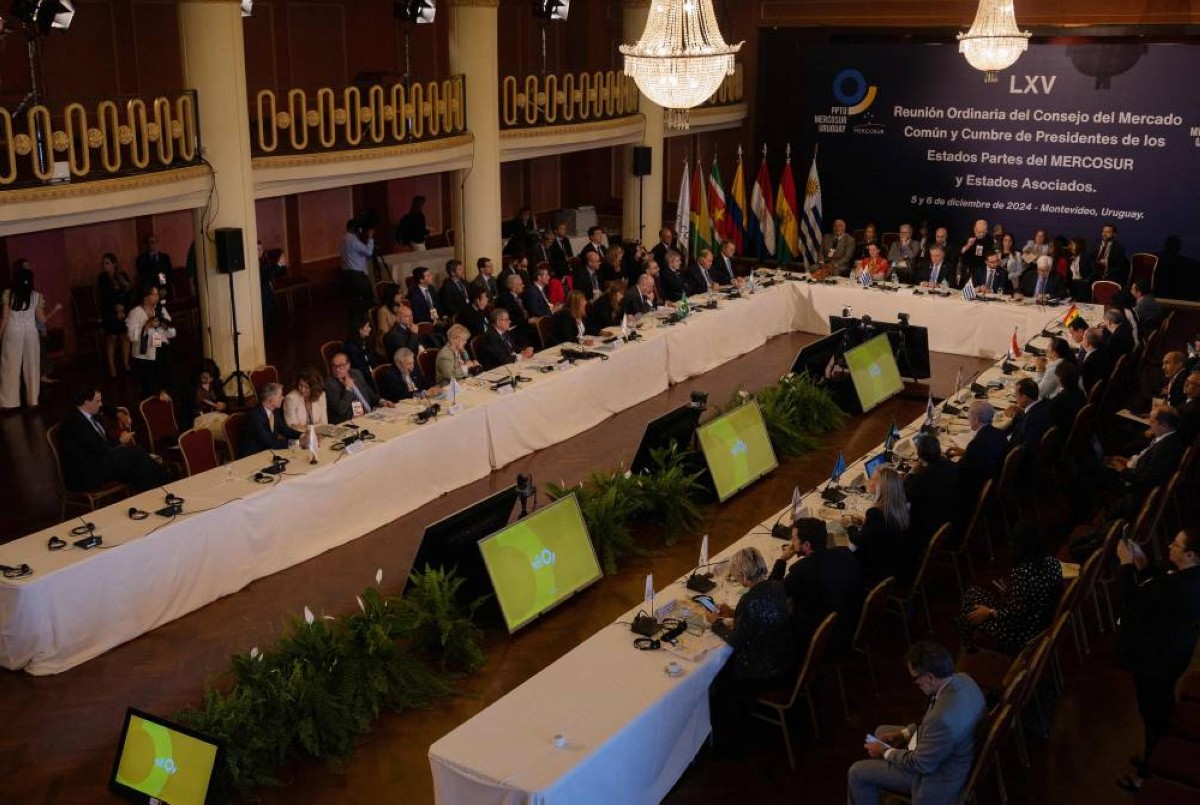Global outlook improves but uncertainties remain
KUWAIT: The growth outlook for most advanced economies has improved in the last few months, with chances of recession narrowing, as consumer spending has exhibited strong resilience in spite of high-interest rates and elevated inflation.

NBK Tower.
Fallout from the recent banking crisis has dissipated, with no major deterioration seen in credit conditions following bank failures. The US debt-ceiling impasse has also been resolved with no significant repercussions except minor government spending cuts in future and some uncertainty over the impact of large ‘catch up’ government debt issuance. Consumer price inflation has receded sharply from record highs in key developed markets, though core inflation has proven stubborn, underpinning continued tight monetary policies.
China’s post-COVID economic recovery has been disappointingly uneven, influencing external balances for many countries and arguably oil prices, too. US economic outlook Recent US economic indicators have been mixed but not yet consistent with an impending recession. Additionally, the fallout from the banking crisis has seemingly stabilized with no material alterations in liquidity conditions in the country since March. The government also resolved the weeks-long debt-deal impasse with opposition lawmakers in the usual and frustratingly “last-minute” manner that helped avert a catastrophic default by suspending the federal debt ceiling and capping non-defense discretionary spending.
Meanwhile, consumer pricing pressures continue to subside, but with still-tight labor market. The Fed’s job now appears more complicated, considering the Treasury’s upcoming large post-debt deal bond issuance that should further squeeze liquidity. Economic growth during 1Q23 was revised upwards to 1.3% q/q (annualized) from 1.1% earlier, on upgrades to private fixed investments and personal consumption, though still slowed from 2.6% in 4Q22. Meanwhile, retail sales, industrial production and personal spending in April all improved from the previous month, while growth in durable goods orders, although slowing m/m, came in sharply better than expected.
The housing market, which saw steep softening in the last few quarters, seems to have stabilized, with rising new home sales, building permits and housing starts, while residential property prices rose in March for the second consecutive month by 1.5% m/m after seven straight months of decline. However, ISM PMI and University of Michigan consumer confidence indices have ebbed in recent months, underscoring an unclear economic outlook. Employment data have largely been solid, with payrolls and new job openings increasing more than forecast, and slowing but still-decent wage growth. Still, the unemployment rate ticked up in May to a seven-month high of 3.7% from 3.4% earlier, while weekly jobless claims data are trending tentatively higher.
Meanwhile, price pressures continue to soften, with CPI inflation in May moderating to a two-year low of 4% y/y and the core rate easing to 5.3% y/y. Energy prices fell but growth in shelter prices accelerated and used car prices jumped on a monthly basis, implying an uneven outlook. A mixed bag of data makes the Fed’s job even trickier. The bank could opt for a pause in rate hikes in its upcoming meeting, after raising the policy rate by 25 bps to a range of 5.0-5.25% in May – its 10th hike of the current cycle. That said, any such move may prove temporary if the labor market remains hot and/or inflation decelerates only slowly, while rate cuts could also be delayed.
The Euro-zone officially slipped into recession last quarter as revised data show GDP fell by 0.1% q/q each in 4Q22 and 1Q23. A mild winter helped escape a deeper downturn, though. There is some optimism over the outlook however, with the European Commission nudging up its forecast for 2023 growth to 1.1% from 0.9% in February. GDP is expected to rebound in Q2 as the services sector leads the recovery, evident in the latest PMI readings. The composite PMI remained in expansion mode but moderated to 52.8 in May from 54.1 in April, mainly driven by services (55.1), while manufacturing contracted even further (44.8).Headline inflation has been subsiding, while core inflation has also started to ease, suggesting the ECB may not have to raise rates aggressively over this summer.
A weakening in the German economy has been driving the slowdown in manufacturing over the past period as the country fell into recession, with output shrinking 0.3% q/q during Q1, marking the second consecutive quarter of negative growth. France, on the other hand, expanded by 0.2% on a positive contribution from net trade and a lower negative contribution from domestic demand. Italy also grew by 0.5%, mainly driven by strong growth in services (especially tourism). As for the UK, even though it has been posting positive economic growth, it continues to lag major economies within and outside Europe. The outlook will continue to be supported by government investment and spending, including energy bill support measures.
CPI inflation moved down to 8.7% y/y for April from 10% in January, but the core rate worryingly rose to 6.8% versus 5.8% in January. A tight job market is supporting higher wage growth, which in turn is pushing companies to raise prices – one of the explanations for sticky core prices. The Bank of England is expected to continue raising policy rates (currently 4.5%) through the summer, and rates could peak around 5.5% by year-end. Tourism lifts Japan Japan’s prospects have wavered amid robust domestic consumption and improving tourism, while manufacturing has been sluggish as external demand, especially from China, remains fragile. GDP in 1Q23 surprised on the upside, with annualized growth of 2.7% q/q versus 1.9% expected.
Higher private consumption (due somewhat to tourism activities) and a surge in capital expenditure drove the outperformance despite shrinking external demand. The number of foreign tourists climbed to 2mn (+7% m/m) in April – a post-pandemic high, but still a third below the pre-COVID level. The PMI services survey has been continuously rising since the beginning of this year, indicating solid local demand and sharply recovering inbound tourism activities. The manufacturing surveys also show some improvement, having moved above the no-change zone in May, a first in seven months. Meanwhile, inflation (all items excluding fresh food) reversed course in April and increased to 3.4% from 3.1% in March.
The better-than-expected economic growth in Q1 and inflation exceeding the Bank of Japan’s (BoJ) 2% target have fueled speculation of a pivot in monetary policy (towards tighter policy) happening sooner than anticipated. However, wage growth – another critical gauge tracked by the BoJ that can help sustain higher inflation – has been broadly decelerating in 2023. Moreover, with falling real wages, the outlook on private consumption is moderating, which could provide additional reasons for the BoJ to maintain its ultra-loose policies. It seems unlikely that the BoJ will make a shift in its upcoming meeting later this week. China’s economy China’s economy started 2023 on a solid note, with GDP growing by 4.5% y/y in 1Q23, composite PMI readings soaring to record levels by March, and services activities and retail sales rebounding.
However, since then, the post-COVID recovery has started losing steam, with shrinking manufacturing activities and lackluster consumption. The official manufacturing PMI sank to its lowest level in four months in May (48.8) amid a frail global outlook. Compounding the matter was softer domestic demand, which saw imports shrink by 4.5% y/y in May and CPI inflation ease to 0.2% y/y, with PPI remaining in deflation since October 2022. Amid weaker global demand, exports also fell 7.5% y/y in May. Youth unemployment rates soared to record levels (20.4%) in April, three months before its seasonal peak in July, in which 11.6 million new graduates are expected to enter the labor market, boding ill for employment trends.
The softening economy has reversed capital flows, and the yuan has given back some reopening-related gains against the dollar. Meanwhile, hopes of a rebound in the real estate sector remain shaky as developers’ investment declined despite a pickup in residential property sales. Additional worries stem from local governments’ ballooned financial liabilities, which have come under heightened stress on poor fiscal revenues following a downturn in the property market, foretelling widespread defaults. The government is apparently working on rolling out additional measures to revive the property sector, including lowering payment requirements and reducing mortgage rates.
The People’s Bank of China had cut the reserve requirement ratio for big banks in March by 25bps, though as signs of easing economic activity intensified thereafter, the bank also reduced rates on short-term loans this week, a usual precursor to lowering the key policy rate in its upcoming meeting. India’s GDP growth India’s GDP growth accelerated more than forecast in the final quarter of FY22/23 (fiscal ending March) to 6.1% from 4.5% in Q3. A rebound in government spending and robust growth in private investment led to a sharp rise in output. For FY22/23 overall, GDP grew by 7.2%, higher than the previously estimated 7%.
The government has retained its forecast of around 6.5% growth for the current fiscal year, with risks being “evenly balanced” now. Recent indicators point towards an uneven momentum, though. The latest PMI surveys have been solid (near their record-highs), underpinning continued strong business activity. In contrast, growth in indirect tax collections has slowed, while private consumption has been muted. Moreover, the adverse impact of delayed and possibly below-optimal monsoon rains may be felt later this year, resulting in curtailed agricultural output and softer demand in the rural belt. On the brighter side, a general election next year should propel government spending higher on populist measures in the coming months, somewhat offsetting the weaker private consumption.
Consumer price inflation has been moderating, with price growth slowing to a 25-month low of 4.3% in May from 4.7% in April, as food inflation softened to 2.9% from 3.8%. However, food inflation may reverse course if grain output takes a big hit in case of a below-normal monsoon season this year. That said, the Reserve Bank of India has maintained a pause (repo rate at 6.5%) in its last two policy meetings, signaling continuation of tight monetary conditions, despite modestly lowering its inflation outlook for this year to 5.1%.











